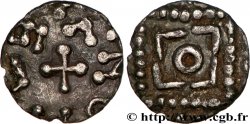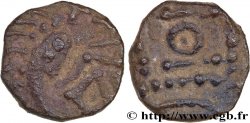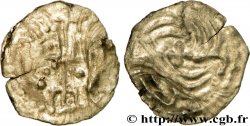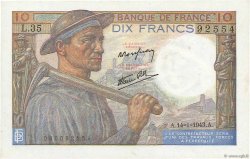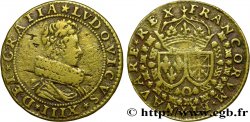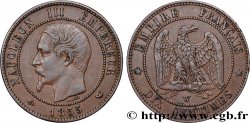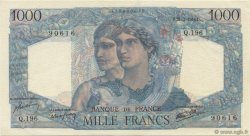bmv_220092 - ENGLAND - ANGLO-SAXONS Sceat aux têtes affrontées et aux 4 oiseaux, Série J, type 37
无库存.
所有在网站上销售的产品 (2012)
价格 : 75.00 €
所有在网站上销售的产品 (2012)
价格 : 75.00 €
种类 Sceat aux têtes affrontées et aux 4 oiseaux, Série J, type 37
日期: c. 710-760
铸币厂名称/城市 Angleterre (sud-est)
材质 silver
直径 12 mm
重量 0,62 g.
稀少度 R1
关于品相的说明
Droit un peu confus et revers partiellement recouvert d’une concrétion sombre. Sinon, patine grise
出版目录中的项代码 :
正面
正面的文字 ANÉPIGRAPHE.
正面的说明书 Deux têtes face à face, une croix posée sur une base entre les deux ; grènetis.
背面
背面的文字 TRACES DE LÉGENDE.
背面的说明书 Petite croix bouletée entourée de quatre oiseaux (?) formant une sorte de swastika sinistrogyre ; grènetis.
评论
Cette monnaie est l’une des rares avec deux représentations humaines de l’époque mérovingienne. Ce type est communément trouvé en Gaule, isolé ou avec d’autres deniers mérovingiens, ce qui prouve une circulation large. D. M. Metcalf distingue deux groupes dans ces monnaies ; les monnaies officielles et les imitations. Les exemplaires de plus beau style sont traditionnellement considérés comme officiels et les autres comme imitations...
Ce type aurait été frappé dans toutes les régions du Sud et de l’Est de l’Angleterre, mais plus spécialement au sud-est et dans le bassin de la Tamise.
This coin is one of the few with two human representations from the Merovingian period. This type is commonly found in Gaul, either alone or with other Merovingian denarii, which proves a wide circulation. DM Metcalf distinguishes two groups in these coins: official coins and imitations. The finest examples are traditionally considered official and the others as imitations... This type would have been struck in all regions of the South and East of England, but especially in the South-East and in the Thames basin
Ce type aurait été frappé dans toutes les régions du Sud et de l’Est de l’Angleterre, mais plus spécialement au sud-est et dans le bassin de la Tamise.
This coin is one of the few with two human representations from the Merovingian period. This type is commonly found in Gaul, either alone or with other Merovingian denarii, which proves a wide circulation. DM Metcalf distinguishes two groups in these coins: official coins and imitations. The finest examples are traditionally considered official and the others as imitations... This type would have been struck in all regions of the South and East of England, but especially in the South-East and in the Thames basin








 对产品描述纠错
对产品描述纠错 打印
打印 分享我的选择
分享我的选择 提问
提问 Consign / sell
Consign / sell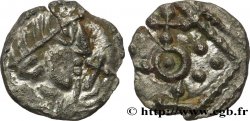
 产品介绍
产品介绍
